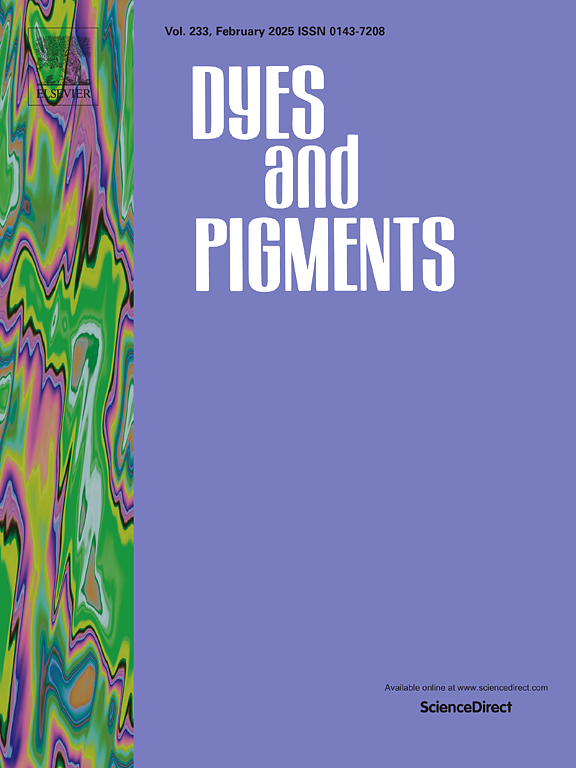Multi-aryl pyrroles: Exploring aggregation-induced emission for the biological/medical applications
IF 4.1
3区 工程技术
Q2 CHEMISTRY, APPLIED
引用次数: 0
Abstract
Pyrrole is one of the most common five-membered heterocycles, and its units can be found in many natural products (such as chlorophyll and vitamin B12) and biologically active drugs (e.g., atorvastatin and calcimycin). Owing to their electron-rich properties and multiple modifiable sites, pyrrole derivatives have been widely developed and used in various fields, including medicine and optoelectronic materials. For more than 10 years, we have been working on the development of multi-aryl pyrroles (MAPs) considering the characteristics of aggregation-induced emission (AIE) for biological diagnostic applications. Herein, the structural design of MAPs and their corresponding AIE properties were briefly introduced. Then, MAPs that emit across the full spectrum from ultraviolet–visible to near-infrared II wavelengths were summarized for their application in analyzing and detecting biological substances, bioimaging, and phototherapy. Finally, we demonstrate the potential of MAPs in advancing biomedicine, clinical diagnosis, and cancer treatment.

求助全文
约1分钟内获得全文
求助全文
来源期刊

Dyes and Pigments
工程技术-材料科学:纺织
CiteScore
8.20
自引率
13.30%
发文量
933
审稿时长
33 days
期刊介绍:
Dyes and Pigments covers the scientific and technical aspects of the chemistry and physics of dyes, pigments and their intermediates. Emphasis is placed on the properties of the colouring matters themselves rather than on their applications or the system in which they may be applied.
Thus the journal accepts research and review papers on the synthesis of dyes, pigments and intermediates, their physical or chemical properties, e.g. spectroscopic, surface, solution or solid state characteristics, the physical aspects of their preparation, e.g. precipitation, nucleation and growth, crystal formation, liquid crystalline characteristics, their photochemical, ecological or biological properties and the relationship between colour and chemical constitution. However, papers are considered which deal with the more fundamental aspects of colourant application and of the interactions of colourants with substrates or media.
The journal will interest a wide variety of workers in a range of disciplines whose work involves dyes, pigments and their intermediates, and provides a platform for investigators with common interests but diverse fields of activity such as cosmetics, reprographics, dye and pigment synthesis, medical research, polymers, etc.
 求助内容:
求助内容: 应助结果提醒方式:
应助结果提醒方式:


